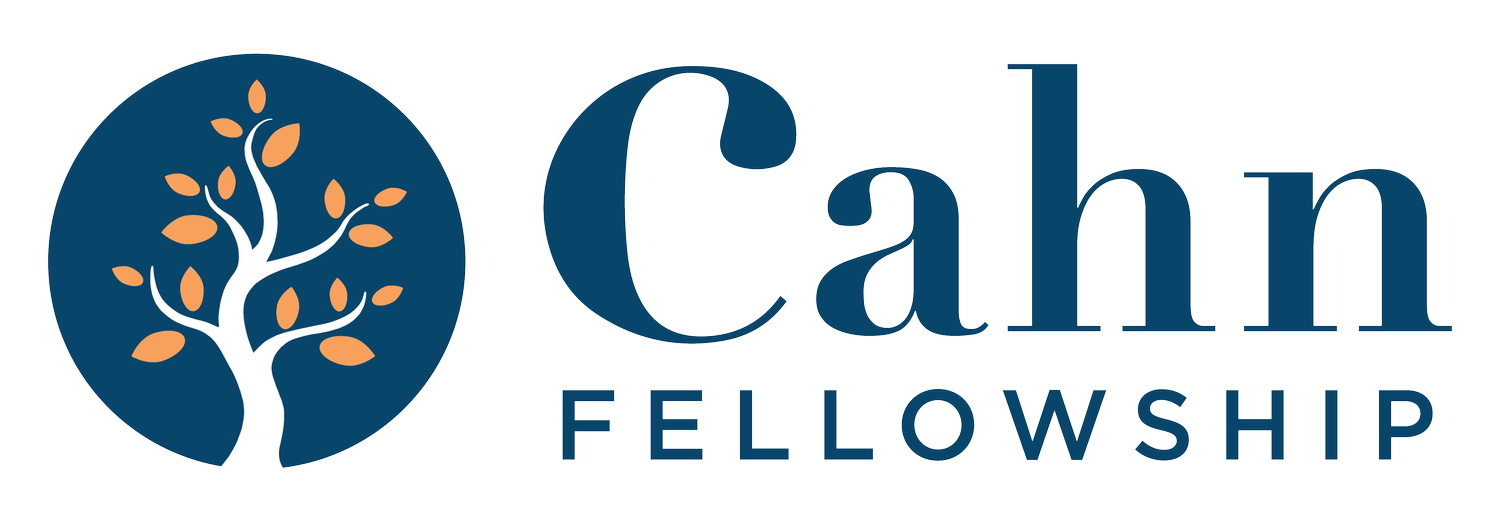Bridging the Gap: Collaborative Approaches to Addressing Literacy Gaps
Carland Washington • Cahn Fellow 2021
In experiencing all the loss that came with a global pandemic, as school leaders we thought about what to tackle first. After conducting a school-wide needs assessment, we observed the disparate impact affecting our students with Individual Education Plans (IEPs) and our students without. In reviewing school-wide assessment data, we selected literacy as our target. Our students have historically entered into our school community performing below grade level in reading. This pattern has been exacerbated by disruption in our students’ formal education. Thus leading us to focus on the literacy instructional experience of our students with our focal group being our students with IEPs.
Leveraging our collaboration with stakeholders we engaged in an iterative process to strengthen the culture of literacy within our school community. As leaders and teacher leaders we analyzed various forms of data, tracked our students’ literacy progress, documented observable patterns and went back to the drawing board. Although our official Cahn experience is coming to an end, our project is ongoing. We are brainstorming and fleshing out the ways in which we can bring voice to those stakeholders unintentionally silenced in this process as well as encourage facilitative leadership.

